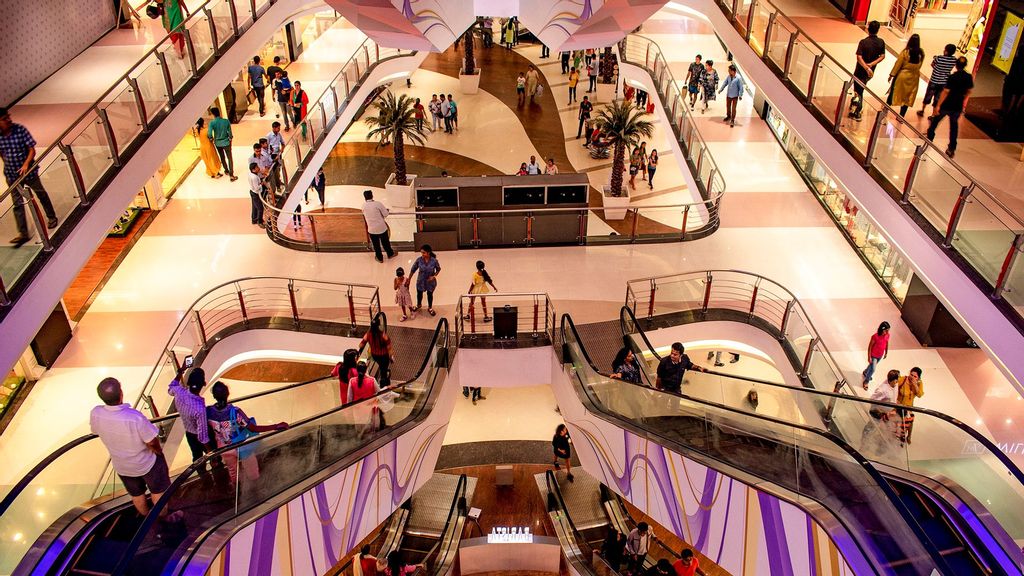
MUMBAI, India — Easing restrictions and built-up demand are driving Indian malls’ recovery faster after the second Covid-19 wave relative to the after-first wave figures, according to an analysis of the country’s top 14 malls by Indian analytical and research company Crisil Ratings.
“With retail sales in malls rebounding strongly post reopening, pressure on rentals for mall owners is likely to be lower this fiscal year, necessitating lesser waivers compared with last fiscal year,” the subsidiary of S&P Global Ratings said on Aug. 19.
“Rental revenue for mall owners is seen clawing back to 80-85 percent of pre-pandemic levels this fiscal year compared with 55-60 percent last fiscal year. Also, while their liquidity may erode this fiscal as well, strong sponsor support and fund-raising initiatives will support credit profiles.”
Malls in tier-I cities — other than Mumbai and Pune — have reopened faster after the second wave. The median closure period for the top eight cities was seven to eight weeks compared with 13 to 14 weeks during the first wave, as per Anand Kulkarni, director at Crisil Ratings.
“Further, retail sales in malls have already reached 55-60 percent of the pre-pandemic run rate in the first month after reopening—a level that took four to five months to reach after the first wave. Improving consumer sentiment driven by faster vaccinations, pent-up demand, and discount sales by major retailers have contributed to the recovery,” he said.
An intense third wave leading to the closure of malls is a downside risk to these estimates.
Retail sales and consequently rental revenue of mall owners could shrink up to 10 percent if the third wave impacts the festival season in the third quarter, which is generally the most productive period for malls.
Recovery for most tenant categories such as apparel, cosmetics, electronics, and luxury— which account for 75 to 80 percent of the revenue of mall owners —was more than 70 percent of the pre-pandemic level by the end of last fiscal year.
These categories should see faster recovery owing to pent-up demand, which will reduce the burden on mall owners because of lesser rental waivers, as per the report.
“The cadence of recovery will vary for other segments which contribute to the balance revenues,” it said.
“Food and beverage, and cinema and family entertainment centers are expected to see only a gradual recovery. Revival in these segments is critical to boosting footfalls.
Such segments will also suffer from capacity loss due to shutdowns and may increasingly adopt a higher revenue share model for most of the current fiscal year. This will moderately affect mall rentals till retail sales of the weaker segments significantly improve.”
Crisil said the pace of recovery would be mixed across geographies, too, depending on the knock-on effect of the pandemic: malls in southern states and Maharashtra will take longer to recover compared with those in the north.
“Net-net, while the rental income of mall owners is likely to be better than the last fiscal year on the back of likely strong recovery in the second half, the complete recovery to pre-pandemic levels may happen only next fiscal year,” it said.
“While the performance of malls may remain subdued in the near term, investor confidence seems to have improved, as reflected in equity investments, funding for asset development and outright asset purchases.”
This reinforces healthy long-term prospects, with malls remaining the ‘go-to destination for entertainment.
(With inputs from ANI)
Edited by Amrita Das and Krishna Kakani
The post Indian Malls’ Recovery Better After Second Wave Than After First: Report appeared first on Zenger News.

